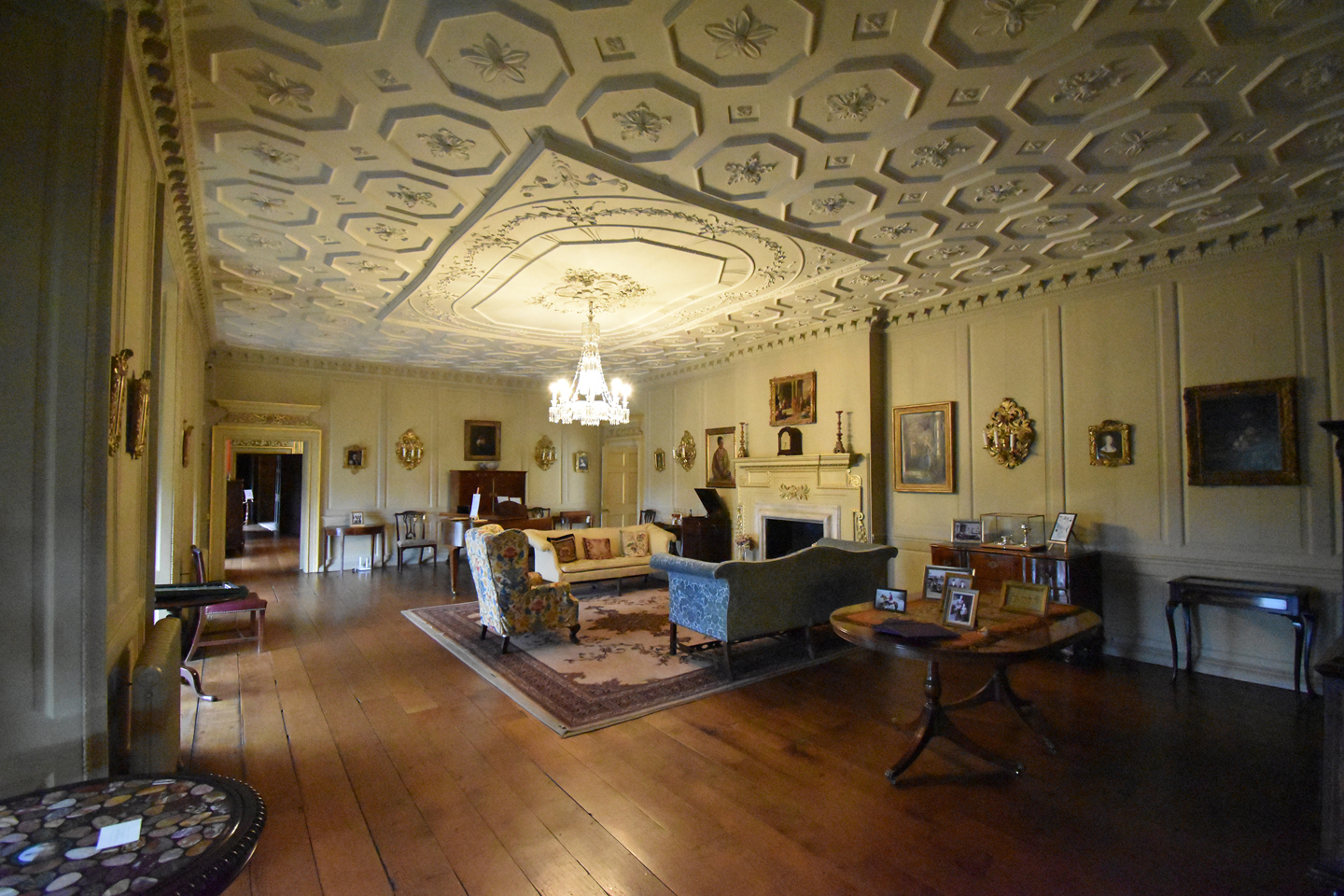October 4, 2023
On the face of it, a Conservation Management Plan (CMP) can seem like yet another weighty tome, designed to gather dust on a bookshelf in your office. However, this is a perception that needs to be consigned to the dustbin of past practice.
CMPs should be an exemplar of applied research that provide innovative solutions to issues affecting heritage assets. As the National Lottery Heritage Fund states; Conservation planning is a process that will help you look after your heritage the best way you can.
Conservation management planning is a tool for effective and responsible management of historic sites. CMPs help site managers to navigate the balance between conservation and access; repair and restoration; as well as to tackle the uncertainties of environmental and economic change. They can also reveal new layers of meaning and significance to guide decision-making. If the site is open to the public better understanding enables managers to enrich storytelling and interpretation. It can also attract funding and support for the site. For example, the CMP I authored for Castle Drogo helped potential funders to understand the significance of the property and then formed the basis of the presentation planning after the completion of a major conservation building project. It also transformed the understanding of the site as a whole, breaking down barriers between heritage assets and instigating a more holistic management approach to the property.
It's important to consider conservation management planning early – whether you are embarking on a major project, making changes or considering ways to effectively manage assets in your care. In most cases the stimulus for starting a conservation plan process is the need for change. By integrating conservation management planning in the very early stages, you can ensure that you have the right information to make appropriate decisions as the project progresses. By ensuring your site is fully understood, you reduce the risk of additional costs and delays.
It can, of course, also be argued that conservation planning should be undertaken without any particular project in mind. Often the most powerful aspect of a CMP is the ability to use it to help you answer questions you didn’t know you needed to ask. Having a plan in place ensures a good understanding for day-to-day management as well ensuring that project development is undertaken without bias. This was the approach taken for the Hardwick Hall plan for the collections and interiors which produced a plan which balanced multiple layers of significance with condition, alongside providing the management team with a conservation vision to apply to future decision-making
There are also strong arguments for ensuring your plan covers all of the heritage assets that make up your site. However, it is possible to commission a plan that covers a single type or discreet group of assets. When doing this, it is important for both the client and consultant to understand the scope of the plan and where further work may be required in the future to join up the understanding and management of assets.
At Avalon Planning & Heritage we take a collaborative approach to conservation management planning and a stakeholder consultation process is a key part of a good CMP. Our aim is to actively engage with staff and volunteers who look after a site, identifying threats, opportunities and management solutions whilst fostering ownership of the final document.
A CMP belongs to the team who care for the place it is about. Therefore, it is imperative that all the information that has been gathered about the site is shared in an engaging way; that the plan is written in accessible language and that it can be reviewed and amended. An updateable Gazetteer is an invaluable tool to record work on an annual basis. Add to this a system for recording change and decision making and you’ll find that the CMP is regularly taken off the shelf, used as a tool for management and never allowed to gather dust.
So, in summary, why bother?
- It will help you to understand what you’ve got, and why it’s important
- It will articulate significance in a way that correlates with conservation principles, used across the heritage sector
- It will provide a framework for decision making alongside identifying risks and opportunities for your site
- It will engage and enthuse those who manage the site, sparking ideas for the future
- It saves time and money, ensuring good decisions are made, in good time and based on the right information
Bryher Mason
Associate Director, Heritage



